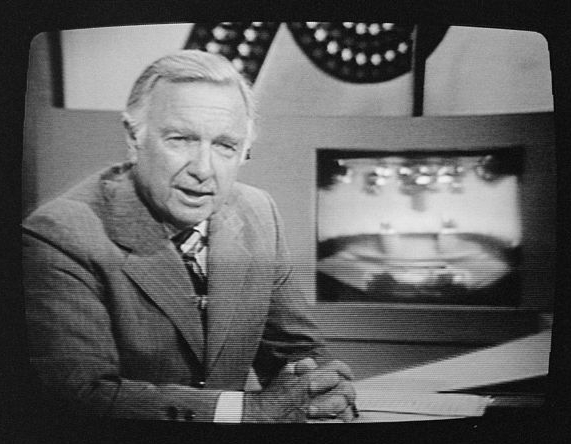Share this article with your network of friends!
For seniors who lived through the tumultuous era of the late 1960s and early 1970s, the tragedy at Kent State University stands as a poignant and painful reminder of the impact of social unrest and government responses during that time. On May 4, 1970, a peaceful anti-war protest turned into a tragic event when National Guardsmen opened fire on unarmed students, resulting in the death of four students and injuring several others. In this article, we remember the events of that fateful day, explore its impact on the nation, and reflect on the lessons we can draw from this dark chapter in American history.
The Context of Unrest
The late 1960s were marked by widespread anti-war protests against the Vietnam War and growing opposition to government policies. The decision to send troops to Southeast Asia stirred public anger and led to a polarized nation. Young people, especially college students, were at the forefront of the anti-war movement, expressing their discontent through demonstrations and activism.
The Protest at Kent State
On May 1, 1970, a series of protests began at Kent State University in Ohio, following President Richard Nixon’s announcement of the invasion of Cambodia. As tensions escalated, the Ohio National Guard was deployed to the campus to maintain order. On May 4, students gathered for a peaceful protest, demanding an end to the Vietnam War and the presence of National Guard troops on campus.
The Tragedy Unfolds
As the protest continued, the atmosphere grew tense, and the National Guardsmen attempted to disperse the crowd. Despite the absence of an immediate threat, some guardsmen fired live ammunition into the crowd of unarmed students. The tragic outcome was the death of four students: Allison Krause, Jeffrey Miller, Sandra Scheuer, and William Schroeder. Nine others were wounded, including one who was paralyzed for life.
National Outrage and Fallout
The events at Kent State sent shockwaves throughout the nation, igniting widespread outrage and protests. The tragedy became a symbol of the government’s heavy-handed response to dissent and the loss of innocent lives. It further fueled the anti-war movement and deepened the divide between the government and its citizens.
The Aftermath and Lessons Learned
In the aftermath of the tragedy, investigations were conducted, and legal proceedings followed. The incident prompted soul-searching and introspection within the nation about the right to protest, the role of government in addressing dissent, and the need for peaceful dialogue to bridge societal divides.
The legacy of the tragedy at Kent State has left a lasting impact on American history. It led to significant changes in crowd control procedures for law enforcement agencies, emphasizing the importance of communication and de-escalation tactics. Additionally, it further mobilized public opinion against the Vietnam War, contributing to the eventual end of U.S. involvement in Southeast Asia.
Remembering the Fallen
As we remember the tragedy at Kent State, we pay tribute to the lives lost and the courage of those who stood up for their beliefs. The students who died on that fateful day have become symbols of the cost of dissent and the importance of safeguarding the right to peaceful protest.
Conclusion
The tragedy at Kent State University remains a painful reminder of the deep divisions and social unrest that defined the late 1960s and early 1970s. It stands as a solemn chapter in American history, reminding us of the importance of empathy, dialogue, and the protection of civil liberties. As seniors who witnessed these events unfold, you carry the memories and lessons of this tragic moment with you. Let us continue to honor the fallen and work towards a more peaceful, understanding, and united society that values the sanctity of life and the freedom to express our beliefs without fear of violence.
DISCLAIMER: This website contains articles for informational and entertainment purposes only. No articles on this website should be considered as professional advice for any medical, legal, or financial matter. Advertisements and content may contain affiliate links, where the website earns a commission for sales derived from our users.





